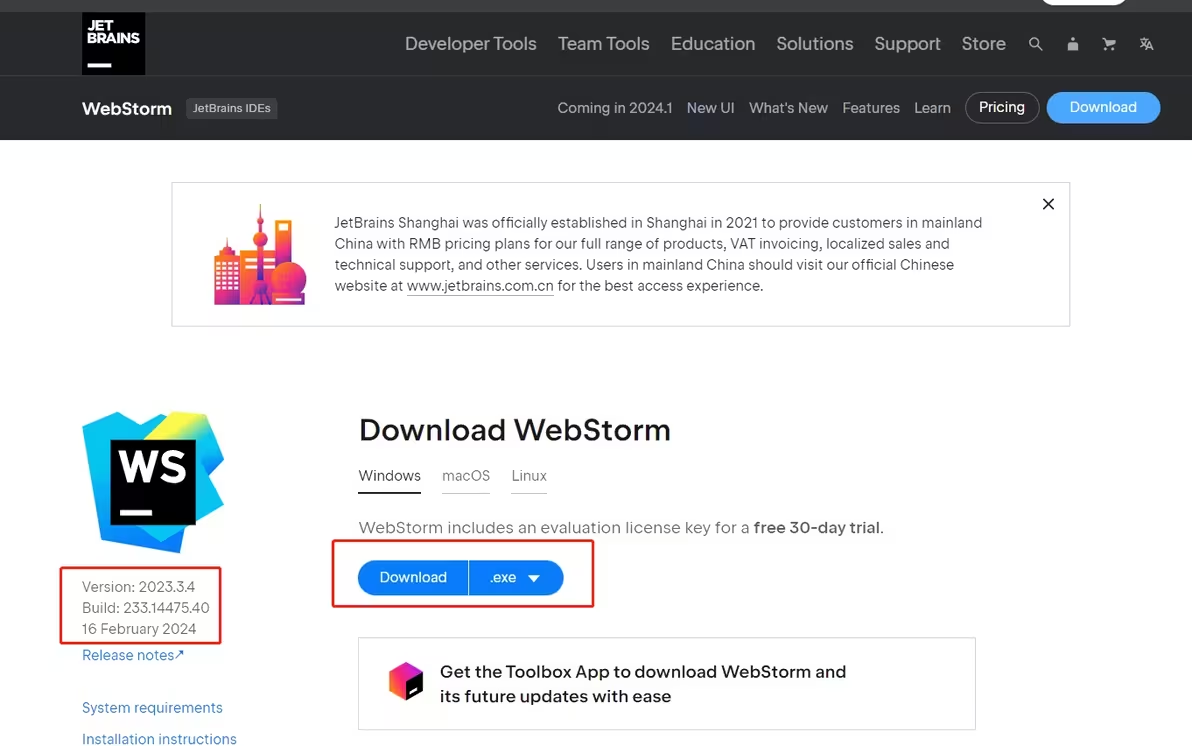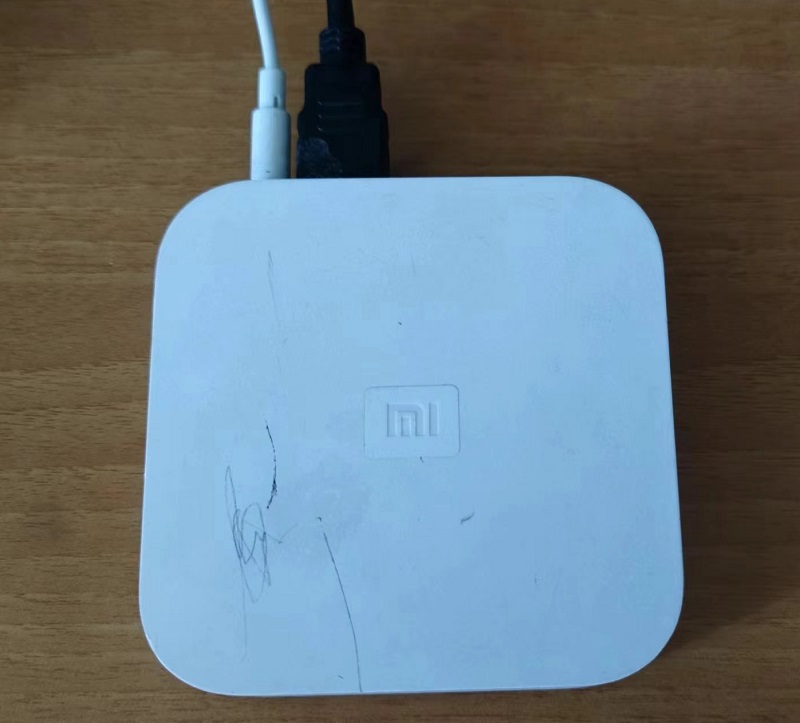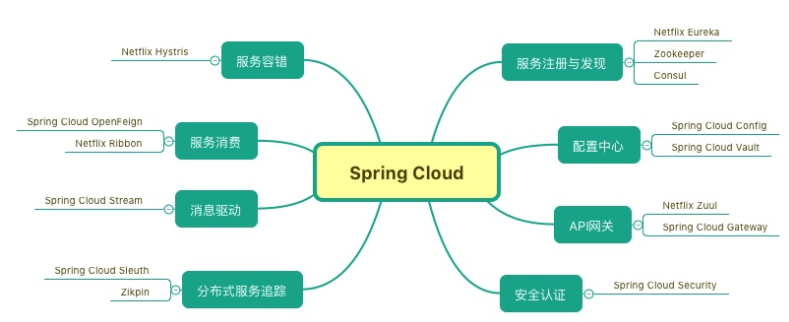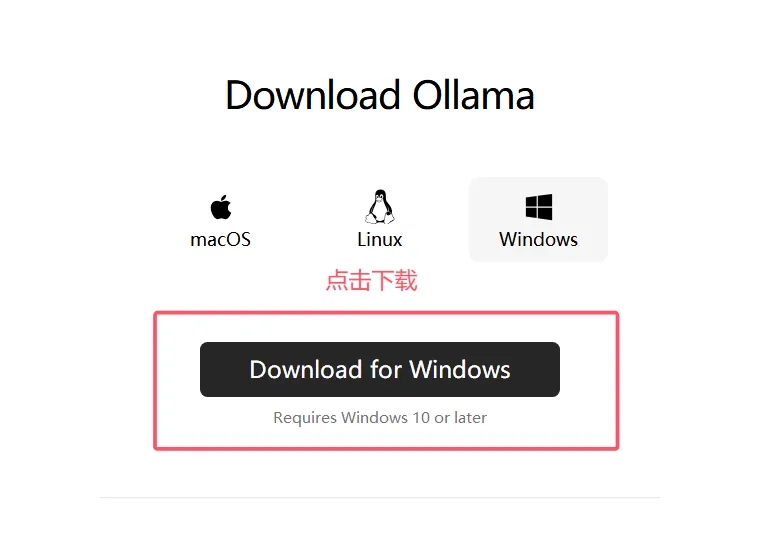一、JS实现图片下载
方案一:使用<a>标签download属性
function downloadImage(url, filename) {
const link = document.createElement('a');
link.href = url;
link.download = filename || 'image.png';
document.body.appendChild(link);
link.click();
document.body.removeChild(link);
}
// 使用示例
downloadImage('https://example.com/image.jpg', 'avatar.jpg');
原理:
通过动态创建<a>标签,设置href指向图片资源,download属性指定文件名,模拟用户点击实现下载。
优缺点:
优点:实现简单,无依赖
缺点:跨域图片无法触发下载(需服务器配置CORS)
适用场景:同域图片快速下载
方案二:Blob + URL.createObjectURL
async function downloadImage(url, filename) {
const response = await fetch(url);
const blob = await response.blob();
const objectURL = URL.createObjectURL(blob);
const link = document.createElement('a');
link.href = objectURL;
link.download = filename || 'image.png';
document.body.appendChild(link);
link.click();
URL.revokeObjectURL(objectURL);
document.body.removeChild(link);
}
// 使用示例
downloadImage('https://example.com/image.jpg', 'avatar.jpg');
原理:
通过Fetch API获取图片Blob数据,生成临时URL实现下载,规避跨域限制。
优缺点:
优点:支持跨域图片下载
缺点:需要处理异步操作
适用场景:跨域图片下载
方案三:Canvas转换法
function downloadCanvasImage(canvas, filename) {
const link = document.createElement('a');
link.download = filename || 'canvas-image.png';
link.href = canvas.toDataURL('image/png');
document.body.appendChild(link);
link.click();
document.body.removeChild(link);
}
// 使用示例(需先获取canvas元素)
const canvas = document.querySelector('canvas');
downloadCanvasImage(canvas, 'screenshot.png');
原理:
将Canvas内容转换为Base64数据URL,通过<a>标签触发下载。
优缺点:
优点:适合Canvas绘制内容的保存
缺点:大图片可能影响性能
适用场景:Canvas绘图结果保存
二、JS实现文本内容下载
方案一:Blob直接下载
function downloadText(content, filename) {
const blob = new Blob([content], { type: 'text/plain' });
const objectURL = URL.createObjectURL(blob);
const link = document.createElement('a');
link.href = objectURL;
link.download = filename || 'document.txt';
document.body.appendChild(link);
link.click();
URL.revokeObjectURL(objectURL);
document.body.removeChild(link);
}
// 使用示例
downloadText('Hello World!', 'note.txt');
原理:
将文本内容转换为Blob对象,生成临时URL触发下载。
优缺点:
优点:原生API实现,无依赖
缺点:需手动处理内存释放
适用场景:基础文本下载需求
方案二:Data URL方案
function downloadText(content, filename) {
const link = document.createElement('a');
link.download = filename || 'document.txt';
link.href = `data:text/plain;charset=utf-8,${encodeURIComponent(content)}`;
document.body.appendChild(link);
link.click();
document.body.removeChild(link);
}
// 使用示例
downloadText('Hello World!', 'note.txt');
原理:
直接将文本内容编码为Data URL,通过<a>标签下载。
优缺点:
优点:实现简洁
缺点:URL长度受限(约2MB)
适用场景:小文本快速下载
方案三:FileSaver.js库
import { saveAs } from 'file-saver';
function downloadText(content, filename) {
const blob = new Blob([content], { type: 'text/plain' });
saveAs(blob, filename || 'document.txt');
}
// 使用示例
downloadText('Hello World!', 'note.txt');
原理:
利用第三方库简化文件保存操作,自动处理兼容性问题。
优缺点:
优点:API简洁,兼容性好
缺点:增加依赖包体积
适用场景:需要兼容旧浏览器的项目
三、JS实现网页内容下载
方案一:保存完整HTML
function downloadHTML() {
const htmlContent = document.documentElement.outerHTML;
const blob = new Blob([htmlContent], { type: 'text/html' });
const objectURL = URL.createObjectURL(blob);
const link = document.createElement('a');
link.href = objectURL;
link.download = 'page.html';
document.body.appendChild(link);
link.click();
URL.revokeObjectURL(objectURL);
document.body.removeChild(link);
}
原理:
捕获整个DOM的HTML内容,转换为文件下载。
优缺点:
优点:完整保留页面结构
缺点:包含动态生成内容可能不符合预期
适用场景:静态页面备份
方案二:转换为PDF(使用jsPDF)
import { jsPDF } from 'jspdf';
function exportToPDF() {
const doc = new jsPDF();
const element = document.body;
// 需要自行实现DOM到PDF的转换逻辑
doc.html(element, {
callback: function(doc) {
doc.save('page.pdf');
}
});
}
原理:
使用jsPDF库将DOM内容渲染为PDF文件。
优缺点:
优点:生成标准化文档
缺点:复杂页面样式支持有限
适用场景:报告生成等标准化输出
方案三:服务端渲染方案
// 前端触发下载请求
function requestPDF() {
window.open('/api/generate-pdf', '_blank');
}
// 服务端(Node.js示例)
app.get('/api/generate-pdf', (req, res) => {
const pdf = await generatePDF(htmlContent);
res.contentType('application/pdf');
res.send(pdf);
});
原理:
通过服务端将页面转换为PDF文件,返回给前端下载。
优缺点:
优点:支持复杂页面样式
缺点:需要后端配合
适用场景:高保真页面保存需求
四、总结
| 方案类型 | 推荐方案 | 核心优势 | 注意事项 |
|---|---|---|---|
| 图片下载 | Blob + ObjectURL | 支持跨域,灵活可控 | 需处理内存释放 |
| 文本下载 | Blob直接下载 | 原生实现,无依赖 | 大文本建议使用流式处理 |
| 网页保存 | 服务端渲染方案 | 支持复杂样式,输出质量高 | 需要后端配合开发 |
以上就是前端实现各种类型文件保存的方案总结的详细内容,更多关于前端各类文件保存的资料请关注脚本之家其它相关文章!
来源链接:https://www.jb51.net/javascript/338776rdu.htm
如有侵犯您的版权,请及时联系3500663466#qq.com(#换@),我们将第一时间删除本站数据。












暂无评论内容